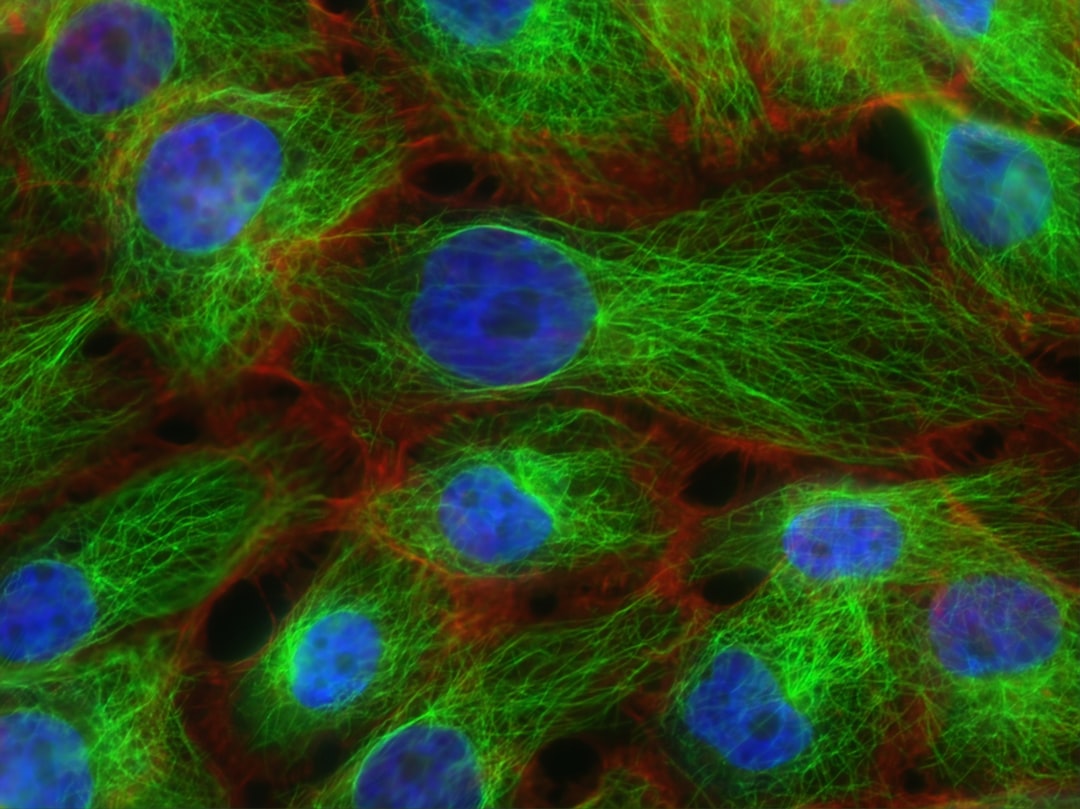What is it about?
Strains of Candida auris isolated from the clinic display an unexpected diversity in chromosome number and size. Under stress conditions (heat, high osmolarity, genotoxin treatment) chromosome numbers and size readily change. Some changes are associated with selection advantages in the presence of antifungal drugs.
Featured Image
Why is it important?
Candida auris is one of the leading causes of fungal infections acquired in hospitals with a mortality rate of ~50% . Before 2009 it was unknown to science, but this fungus has developed into a global public health threat in this last decade. C. auris is difficult to treat and to eradicate from intensive care wards, because of its multidrug resistance and its propensity to colonise skin and medical devices. Our ignorance about its general biology and life cycle limits us in developing robust diagnostics and effective therapies to tackle this new health threat.
Perspectives
This publication marks the first completely independent output on Candida auris of the Lorenz laboratory. We will pursue this interplay of chromosome evolution, stress adaptation, and antifungal drug resistance further.
Dr Alexander Lorenz
University of Aberdeen
Read the Original
This page is a summary of: Rapid and extensive karyotype diversification in haploid clinical Candida auris isolates, Current Genetics, April 2019, Springer Science + Business Media,
DOI: 10.1007/s00294-019-00976-w.
You can read the full text:
Contributors
The following have contributed to this page










